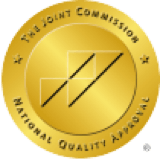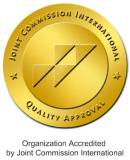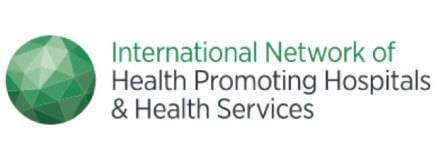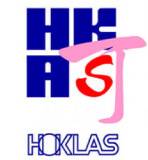
Although swallowing difficulties are becoming increasingly common in Hong Kong, their significance and impact are often overlooked by the general public. Beyond stroke survivors and individuals with dementia, cancer patients and survivors, as well as those with sarcopenia, frequently face swallowing challenges. If left untreated, dysphagia can severely compromise nutrient and fluid intake while increasing the risk of food entering the airway ("choking"), potentially leading to aspiration pneumonia. In severe cases, feeding tubes, gastrostomies, or intravenous nutrition may become necessary. When the condition deteriorates, the consequences can be life-threatening.
Common Misconceptions: What Exactly Do Speech Therapists Do?
Public understanding of speech therapists' roles remains limited. Speech Therapist Mr. Lai Chung Him explains that speech therapists assess swallowing, communication, and vocal functions to make clinical diagnoses, evaluate rehabilitation potential, and deliver evidence-based treatments. From childhood speech articulation issues to life-threatening adult dysphagia, these specialists play pivotal roles in helping patients regain communication skills and safe oral feeding abilities, ultimately restoring quality of life.
A persistent myth suggests dysphagia is "untreatable," particularly among patients who struggle to articulate their symptoms, such as stroke survivors or elderly dementia patients. In reality, early intervention can significantly improve or even completely resolve swallowing disorders (restoring normal eating ability). Beyond nutritional impacts, untreated dysphagia creates long-term psychological distress. Mr. Lai presents three distinctive case studies to demonstrate treatment importance and possibilities.
Ludwig's Angina Case: Oral Health Prevents Aspiration Pneumonia
Mr. Lai recalls treating a febrile 70-year-old woman hospitalized with suspected stroke symptoms. Referred for swallowing assessment, she exhibited constant drooling, tongue protrusion, and slurred speech, unable to eat safely or communicate effectively. Initially attributing this to age-related decline, her family and medical team were puzzled until Mr. Lai's investigation revealed alarming neck swelling compared to pre-illness photos (Image 1), poor oral hygiene with existing wounds, leading to diagnosis of Ludwig's angina (a life-threatening floor-of-mouth infection). "Vigilant observation, thorough record review and detailed history-taking proved crucial. Fortunately, her edentulous state allowed swollen tongue protrusion rather than airway obstruction." Mr. Lai notes. Through coordinated care by doctors, nurses and speech therapists, the patient regained safe swallowing function without needing nasogastric tubes.
This case inspired Mr. Lai to pioneer Hong Kong's first hospital-based oral care program in 2023 at a private hospital, helping tube-fed patients, dementia sufferers and cancer treatment recipients etc maintain oral comfort while preventing hospital-acquired infections and aspiration pneumonia.
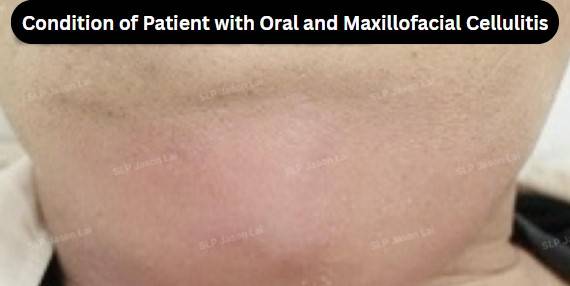 Image 1
Image 1
Esophageal Phase Dysphagia
Esophageal phase dysphagia particularly challenging to diagnose through standard bedside swallowing assessments. This complex disorder requires experienced clinicians to conduct instrumental evaluations for accurate detection. Patients with this condition can initiate swallowing motions, yet food struggles to pass into the esophagus, creating dangerous aspiration risks. Undiagnosed esophageal phase dysphagia may lead to life-threatening aspiration pneumonia. Mr. Lai references a videofluoroscopic swallow study (VFSS) image (Image 2) of a patient with esophageal diverticulum, clearly showing food residue remaining in the pharynx after swallowing attempts rather than progressing to the esophagus.
"Stroke survivors frequently develop esophageal phase dysphagia." Mr. Lai observes, recalling two recent cases. The first involved a seventy-year-old stroke patient who, despite intensive hospital-based swallowing therapy, remained dependent on nasogastric feeding until referred to Mr. Lai's clinic by a geriatric specialist. The second case concerned a sixty-year-old stroke survivor initially diagnosed with mild dysphagia requiring no food thickeners, yet developed aspiration pneumonia within two days of oral intake. Both cases were ultimately diagnosed through fiberoptic endoscopic evaluation of swallowing (FEES) (Image 3). "Seeing one patient later enjoying birthday cake with family reminded me why we persist with challenging cases." Mr. Lai shares with a smile.
.jpg) Image 2
Image 2 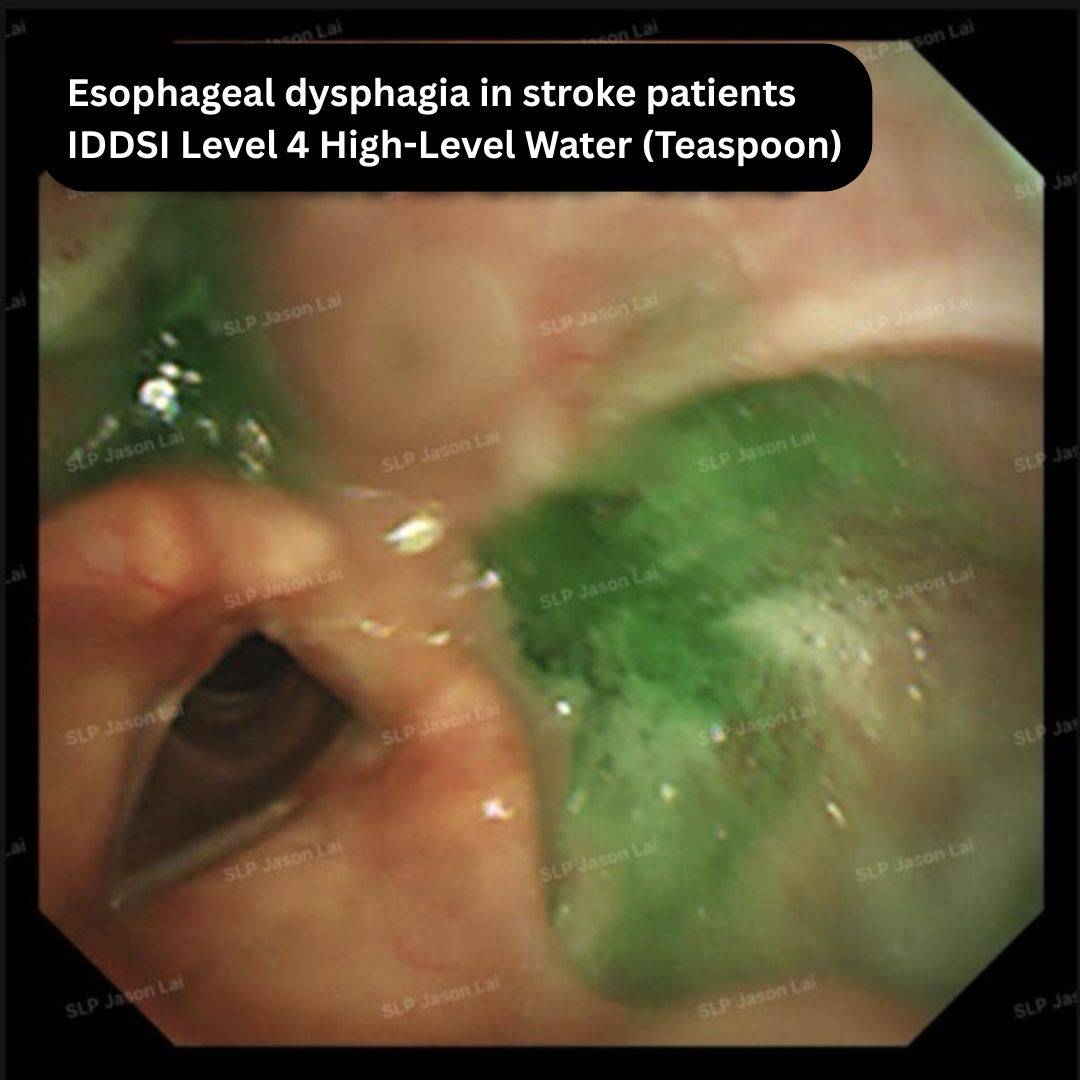 Image 3
Image 3
Nasopharyngeal Cancer Survivors: The Difficulty Swallowing Crisis
Another critical case involves a nasopharyngeal cancer survivor who received radiotherapy decades prior. Mr. Lai explains, "Many patients and families don't realize radiation side effects can emerge gradually over decades. The golden rehabilitation window falls 2-4 weeks post-treatment, after which consistent home exercises become crucial for maintaining swallowing and communication functions." This particular patient experienced recurrent pneumonia years after recovery. FEES examination (Image 4) revealed green-dyed food residues trapped in various pharyngeal locations post-swallow. "We carefully balance safety with quality of life in such cases." Mr. Lai emphasizes.
.jpg) Image 4
Image 4
The Critical Importance of Timely Intervention
Mr. Lai stresses that early intervention during the golden treatment period maximizes swallowing recovery potential. Many cancer survivors mistakenly accept post-treatment swallowing difficulties as inevitable, unaware that progressive fibrosis of oropharyngeal muscles becomes increasingly irreversible with delayed rehabilitation.
Since swallowing function impacts nutrition, psychological wellbeing, and ultimately survival, Mr. Lai urges anyone suspecting dysphagia in themselves or family members to seek immediate speech therapy consultation.

